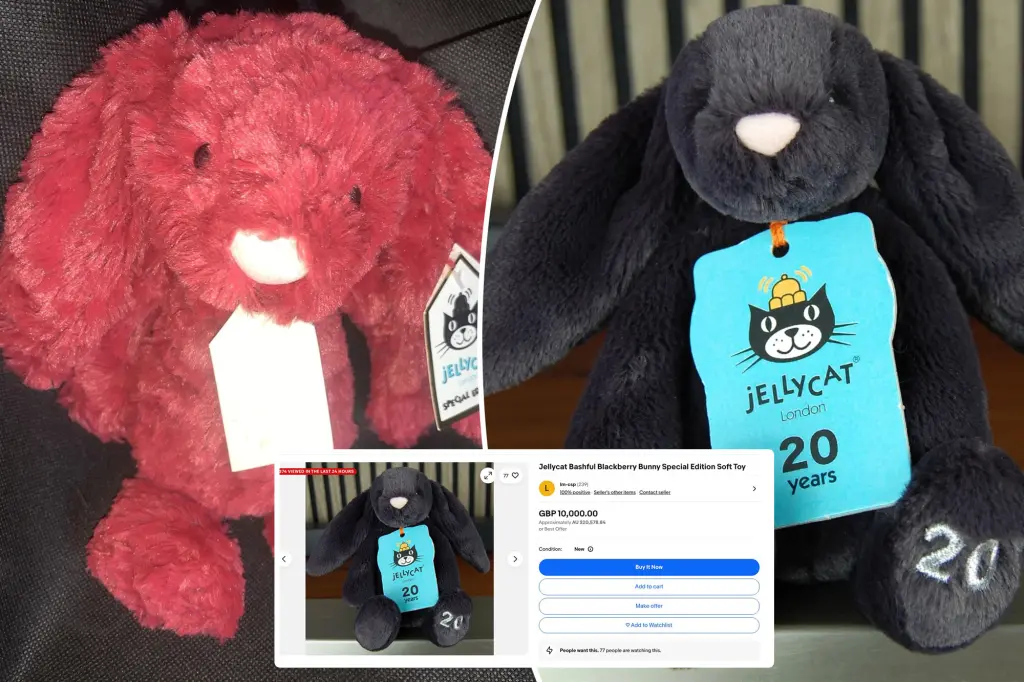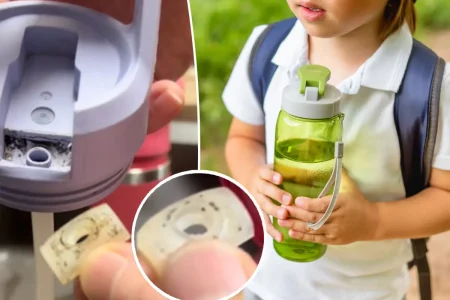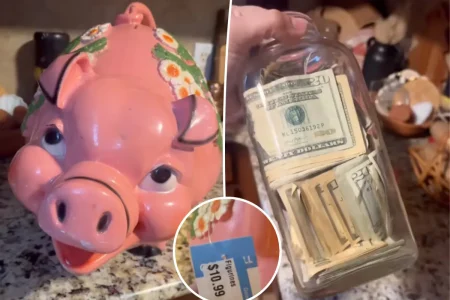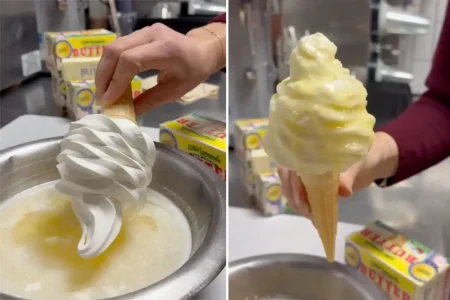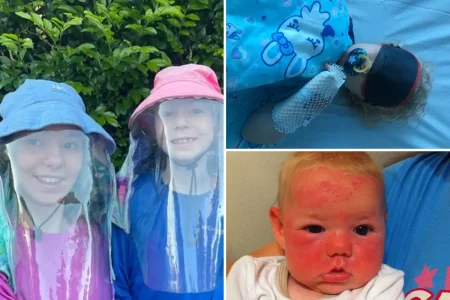Jellycat: The Stuffed Toy Phenomenon Taking Collectors by Storm
In a world where collectible trends come and go, one plush toy brand has quietly built a devoted following that rivals even the recent Labubu craze. Jellycat, the British stuffed toy range that began in London in 1999, has transformed from a simple children’s companion to a serious collector’s item commanding astonishing prices in the secondary market. What started as brothers William and Thomas Gatacre’s creative venture has evolved into a global phenomenon with some rare editions now valued at prices equivalent to a new car.
The Jellycat story begins with a charming origin—the brand’s name came from Thomas’s son, who simply loved jelly and cats. Their first collection launched with the now-iconic Bashful Bunny, which gained early celebrity status when spotted in the arms of famous children like Suri Cruise and Harper Beckham during their toddler years. But Jellycat’s range extends far beyond bunnies, offering everything from traditional teddy bears to more unconventional plush characters like spiders and even a skeleton named Bob. The brand’s unique designs, coupled with high-quality materials and an ever-rotating collection of limited editions, created the perfect recipe for collectibility. What has particularly fueled their recent surge in popularity is the “kidulting” trend on social media platforms like TikTok—a movement where adults embrace toys and experiences typically associated with childhood as a form of comfort during uncertain times.
The current market value of certain Jellycat designs has reached truly staggering heights. On eBay, a brand new Bashful Blackberry Bunny—a special edition given exclusively to Jellycat staff in 2019 to commemorate the company’s 20th anniversary—is listed for an eye-watering $13,383 (approximately 20,465 AUD). The seller is even charging an additional $650 (1,000 AUD) for shipping, suggesting the plush toy might require its own first-class ticket. While this may be an extreme example, it’s certainly not an isolated case. Other listings show pre-owned Buttercup Bunnies and Bashful Emily Bunnies commanding prices between $3,000-$4,000. At the time of research, there were at least 46 Jellycats on eBay with price tags exceeding $650, and hundreds more priced above $65—a stark contrast to the retail price of around $60 for a standard Bashful Bunny.
This collecting frenzy isn’t limited to international markets—Australian enthusiasts are just as passionate about their plush acquisitions. Facebook Marketplace features listings such as a retired whale design in Sydney priced at $600, with the seller emphasizing it has been washed as though this justifies the tenfold markup from its original retail price. The Australian Jellycat community is surprisingly robust, with multiple dedicated Facebook collector groups boasting thousands of members—one group alone has over 10,000 participants. These online communities serve as trading posts, authentication forums, and social spaces where collectors can share their latest finds, discuss upcoming releases, and reminisce about discontinued favorites that have become the holy grails of Jellycat collecting.
What makes these toys so special that adults and children alike are willing to pay premium prices for them? Beyond their undeniable cuteness, Jellycats possess a unique charm and tactile quality that distinguishes them from other plush toys. Their distinctive aesthetic—soft, slightly understuffed bodies with an emphasis on sensory experience—creates an immediate emotional connection. Many collectors describe their Jellycats as providing comfort during difficult times, serving as tangible reminders of childhood joy or commemorating special occasions. The company’s strategy of regularly retiring designs also contributes to their collectibility; when a beloved character is discontinued, its value often increases substantially as availability decreases. This combination of quality, character design, and artificial scarcity has created a perfect storm for collector enthusiasm.
While the current prices for rare Jellycats might seem outlandish to casual observers, they reflect a broader trend in collecting behavior where nostalgia, emotional connection, and scarcity drive value far beyond utilitarian worth. Similar phenomena have occurred with Beanie Babies, Pokemon cards, and various limited-edition toys throughout history. Whether these plush investments will maintain or increase their value over time remains to be seen—collecting trends are notoriously fickle, and today’s must-have item can quickly become tomorrow’s garage sale fodder. However, the enduring appeal of these cuddly companions suggests they may have staying power beyond the typical collecting fad. For now, parents might want to take a careful inventory of their children’s toy collections—that forgotten Jellycat gathering dust in the closet could be worth more than anyone imagined, representing not just a beloved childhood memory but potentially a surprising financial windfall.





